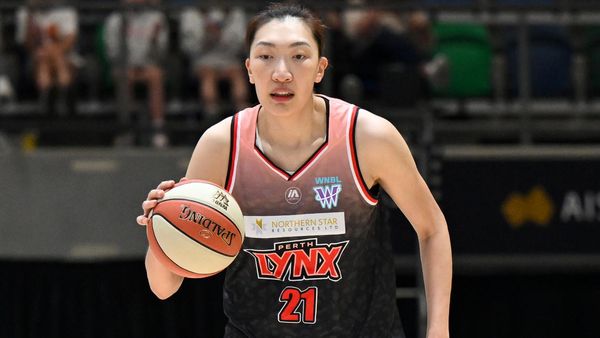
It’s the morning of the national honey competition, and there’s an air of quiet industry in a sunlit corner of the Sydney Showground arts and crafts pavilion.
As one of 14 honey judges, I’ve been in a state of anticipation for months and have arrived for duty in peak sensory evaluation mode. I haven’t used any strong-smelling lotions or perfume, and, by all rights, I should wipe off my lipstick. I don’t wear bee-shaped earrings or cufflinks but others do, and every year the chief judge, Bruce White, wears a bee-themed tie. Today, it’s a bright blue honeycomb number.

My fellow judges – most of whom are respected apiarists – and I, a food writer, are here to decide which honey is best in show. And like the flow rate of honey on a cold day, it’s a slow, methodical process.
Apiculture has been part of the agricultural show tradition since 1888 and in spite of the competing attractions of fairy floss and the showbag pavilion, the honey competition display, alongside the “Bee-Zeebo” beehive display, continues to draw visitors at the Sydney Royal Easter Show.
There were six exhibitors in that first competition. This year, there were more than 500 entries from across Australia.

The honeys are lined up in all their golden glory on paper-covered trestle tables. There’s a very specific entry protocol that governs jar size (500ml), type (glass, round) and lid (white, 63mm, plastic or metal). An entry that doesn’t comply doesn’t get judged.
In addition to the liquid, cream, granulated and Australian native bee honey classes, there are classes for comb and chunk honey, mead, beeswax, candles and wax moulds, as well as bee pollen.


Liquid honey is classed by colour – very light, light, medium and dark – according to the industry standard Pfund scale, a device that provides readings over the entire colour range of honey. Such categorisation means a light lucerne honey wouldn’t be pitted against an amber-coloured river red gum honey.

There’s clear judging criteria for each class of honey. With liquid honey, we’re looking for a honey that’s bright, clear and free from impurities, with an appealing flavour and aroma. Something that smells and tastes as you would expect honey to smell and taste – even though each honey is distinct from the next.
Some honeys can have little aroma or be unappealingly pungent, as when a honey has fermented. When a floral bouquet hits the nose, all sorts of good messages reach the brain. A dense, pleasant-tasting honey fills the mouth in the same way good-quality chocolate melts on the tongue. Others cause you to grimace and pucker.

At times, I feel like a child. I arrange honey jars by hue, from light to dark, and hold them up to the light to assess their clarity and brightness. I turn a jar upside down like an hour-glass, tracking the speed of the air bubble as it travels to the top, a quick and easy way to determine how dense a honey is. The firmer, the better for spreading on toast.
Other judges dip the edge of their tasting spoon into the honey; I plunge mine into the sticky stuff, Pooh Bear-style. All the better to see and taste.
Palate and sensory fatigue is a thing. I need a break when I can no longer discern the difference from one honey to the next. A cup of tea can work wonders. Nibbling on a dry cracker or slice of apple and drinking some water cleanses the palate as we work our way through the flights.

You don’t need to seek out good honey. It smacks you in the face the minute you open the jar. The aroma is not only pleasing but enticing, whether it’s a soft waft of flowers or dusty paperbark, or caramel and toffee notes. Even before you taste it you can imagine spreading it over hot buttered toast.

There’s an easy accord among the judges and with the stewards who manage the competition and keep us in line and on time. As the hours pass, the number of exhibits remaining on the tables dwindles, until there is only one. I leave the building with my blue judge’s medallion still proudly pinned, and call out to fellow judges and honey lovers, “See you next year.”
The winning exhibits from the Sydney royal national honey show 2023 will be displayed from 6 to 17 April in the arts and crafts pavilion at the Sydney Royal Easter Show







